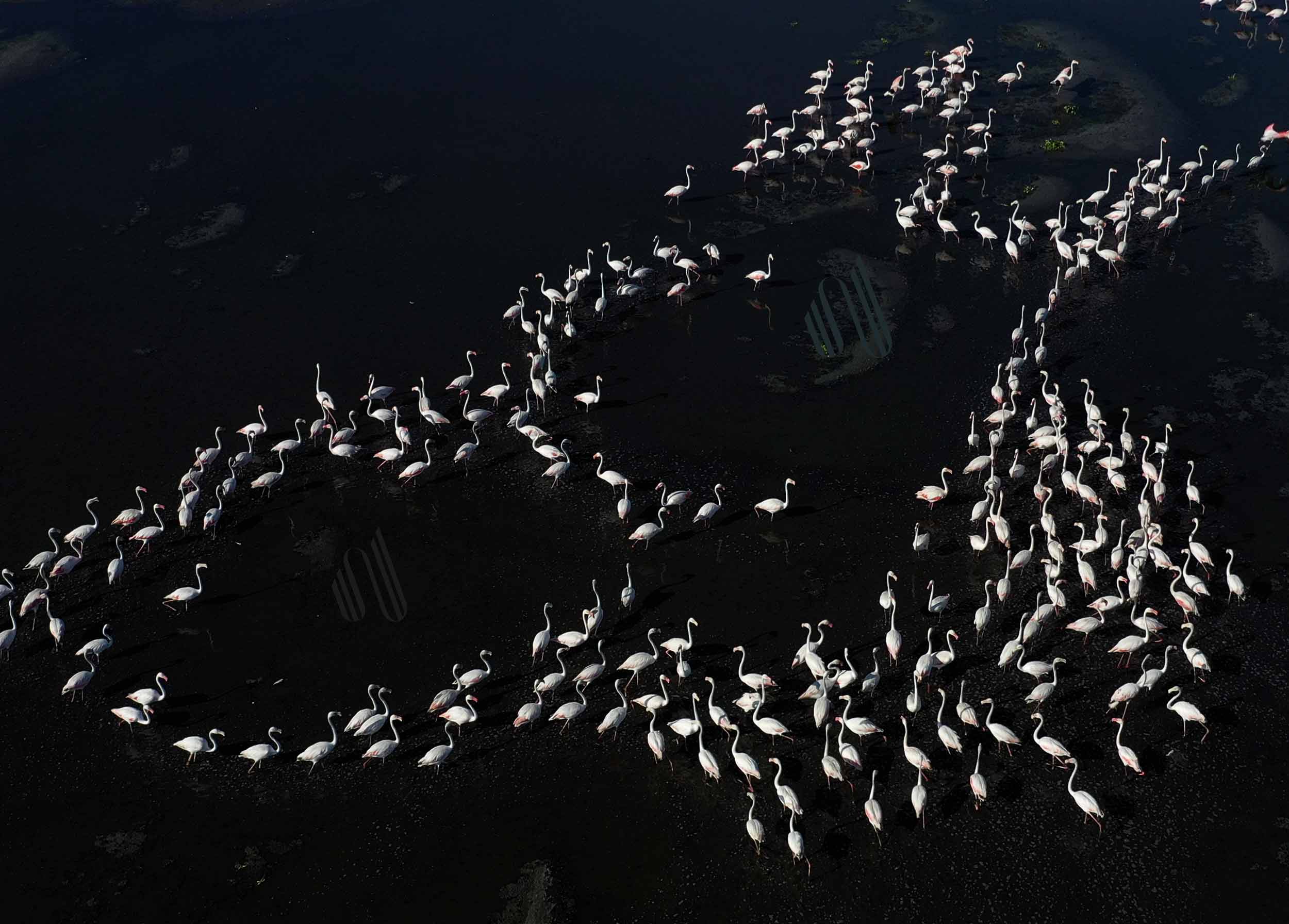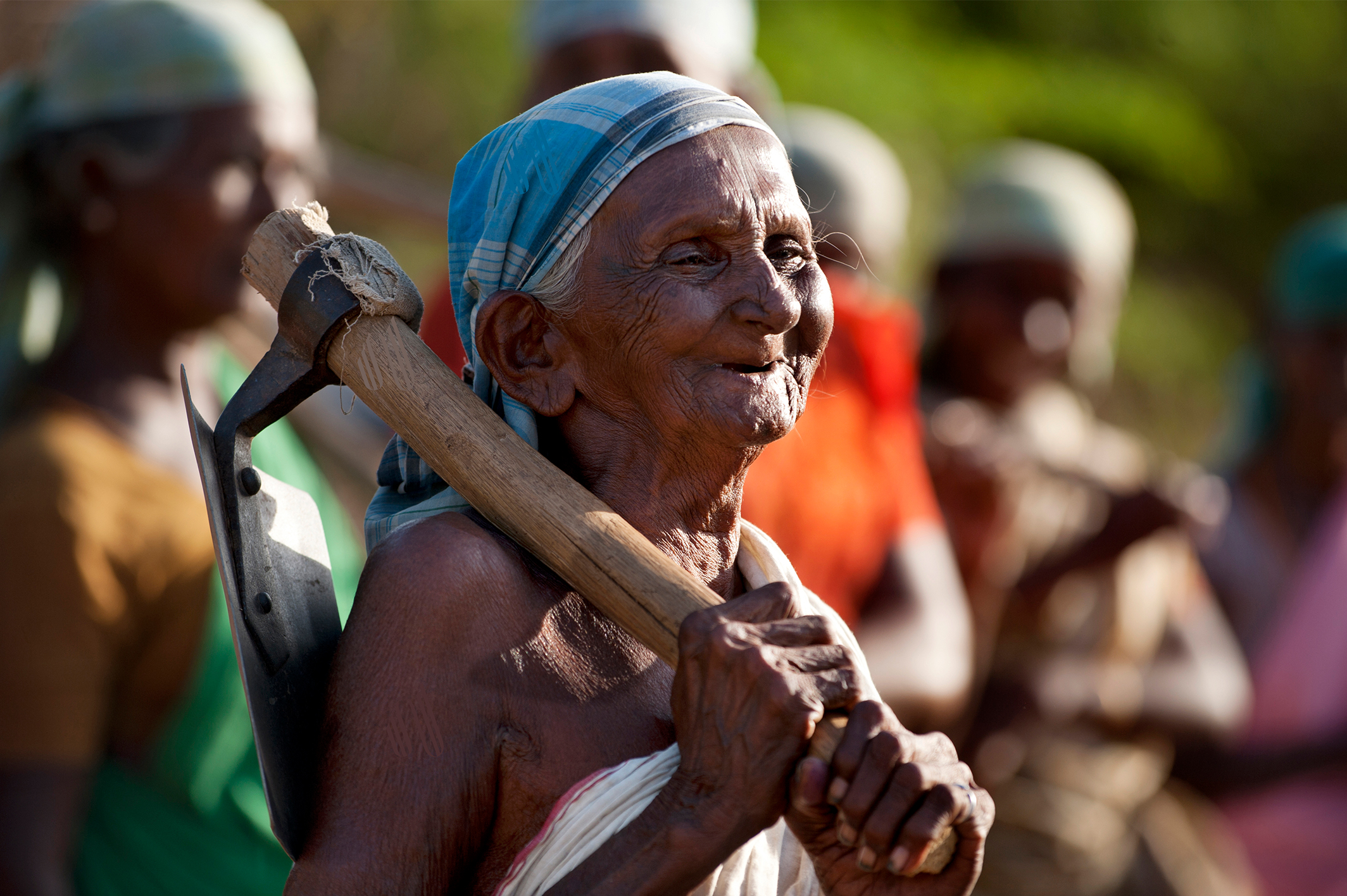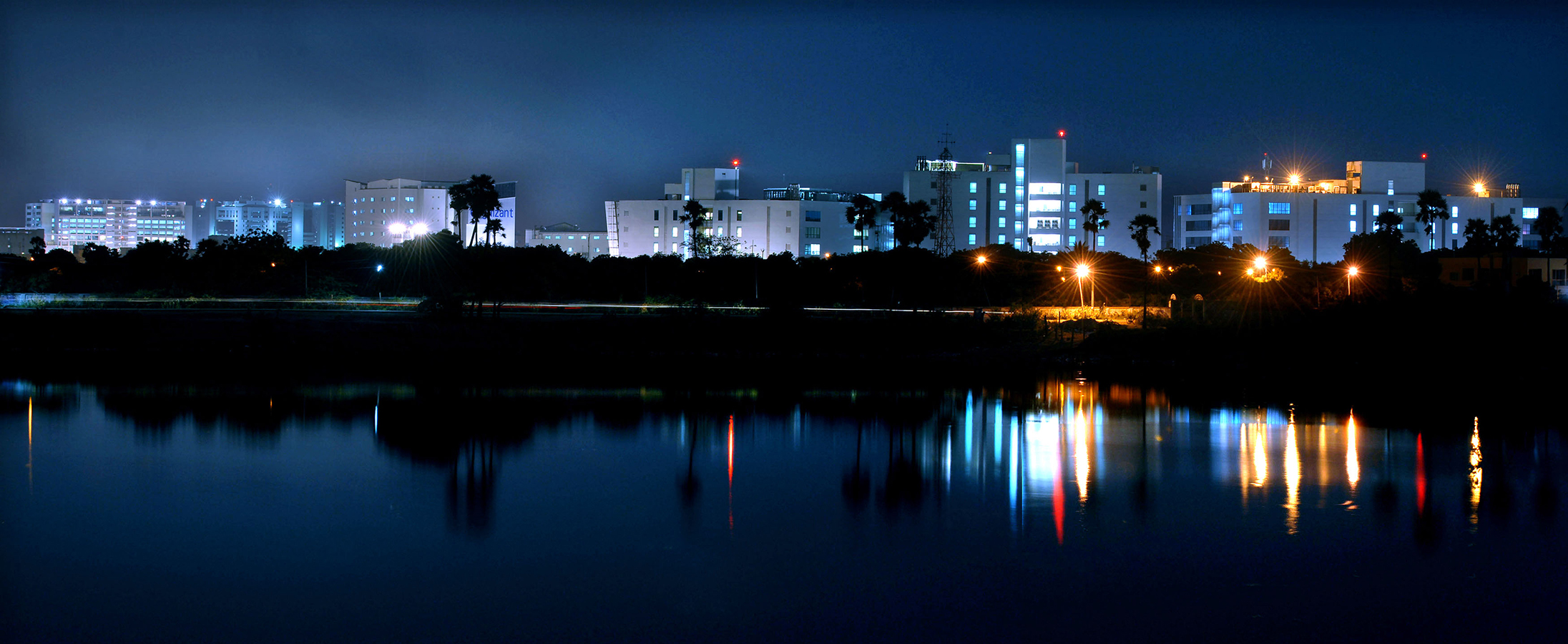
Save Pallikaranai marsh from
complete destruction
Restoring large parts of the degraded wetland and preserving the small swathe left undisturbed will be crucial to Chennai’s environmental health
SHAJU JOHN
My first sight of the pallikaranai marshlands was in early 2000, when I was assigned to take pictures of new species of migratory birds for the newspaper I worked with. Till then, as with many people who have lived in Chennai for decades, I had been unaware of the spectacular beauty of this natural wilderness. One side of the wetland felt like a piece of heaven – a rich, green ecosystem teeming with natural life. There was an abundance of greenery, hundreds of species of birds and small animals, and the waters were rich in aquatic life. The vast expanse of the marsh was unspoilt and picturesque in its pristine glory, as the images taken in those early years show.
But as I moved to the other side of the marshland, I was shocked to see huge mounds of garbage rising high into the sky and stretching as far as the eye could see. Many parts of the dumpyard had been set afire and the entire area was hazy with acrid, polluting smoke. To someone brought up in a remote, hilly Kerala village, amid rivers and forests, this sight came as a physical shock to me. I resolved that day that I would make it a personal mission to create awareness of the need to save this precious natural habitat.
The Pallikaranai Marsh is considered part of the Bay of Bengal Large Marine Ecosystem. It is the last remaining natural habitat in Chennai and serves as a ground water recharging and flood mitigating system. The seasonal dynamics in water volume, spread and chemistry makes the Marsh richly biodiverse. The area is home to 167 species of plants, 178 kinds of birds, 10 mammal species, 15 types of reptiles and over 50 fish varieties, apart from hundreds of other fauna such as amphibians, dragonflies and butterflies. It is the natural habitat to vulnerable reptiles such as the Russell’s Viper, and birds such as the glossy Ibis, purple moorhen, pelicans, flamingoes and the pheasant-tailed jacana. In Chennai’s brief winter, the marsh turns into a birdwatchers’ paradise and, on good days, as many as 15,000 birds can be spotted in the marsh area. I have had the privilege of capturing images of many of these avian species, some of which are far fewer in number now or have altogether disappeared.






















Composite landscape
Till the 1950s-60s, Chennai boasted of over 400 water bodies, large and small, including lakes, irrigation tanks, temple tanks, open wells, creeks and estuaries. Much of Southern Chennai was historically a flood plain. Spread over 50 sq.km, this flood draining area comprised a large marsh (Pallikaranai Marsh), smaller satellite wetlands, large tracts of pasture land and patches of dry forests (Guindy National Park, Nanmangalam Forest and the Theosophical Society). Based on a study of sediments, the age of the marshland has been put at about 1,000 years old.
The smaller wetlands around the marsh were the only source of irrigation for the area, which thrived on paddy and green leafy vegetable cultivation. This gave the marsh a legendary status as the village had no wells or dug-out ponds, which are the norm in the State’s northern districts. Unfortunately, these many benefits were not compelling enough to motivate either the people who benefit from such a rich ecosystem or those in charge of framing policy to make efforts to preserve this wilderness.
A 10-year-old UN report on biodiversity “The Economics of Ecosystems and Biodiversity” states that the value of protecting the “natural goods and services” provided by ecosystems will be 10 to 100 times more than the cost of saving the ecosystems. The goods and services referred to include things of inestimable value like clean air and water, pollination, and fertile soils.
Reporting on the continued use of Pallikaranai as a garbage dump and a sink for the city’s sewage, a Committee of Experts appointed by the High Court of Madras in 2008 offered advice in a similar vein: “It would be wise and economically sensible to use the marshland as a natural flood-control option rather than tamper with natural drainage, and then re-invest in flood control or damage mitigation at a later stage.”
Realising the need for conservation of Pallikaranai, the State government declared that an area of 695 hectares would come under the control of the Forest Department, as Reserve Forest under Section 16 of the Tamil Nadu Forest Act 1882. It announced the eco-restoration of the 695 hectares under the National Adaptation Fund for Climate Change.























Loss of an ecologically important area
Despite such legislative protection, however, it is a tragedy that large parcels of the Pallikaranai Marsh have been lost due to a drastic reduction of the wetlands area, as a result of rampant violations of land use, encroachments, land reclamation, untreated sewage inflows and, worse, the transformation of this ecologically sensitive area into a vast garbage dump that spews toxins into the atmosphere.
Studies by academic institutions and NGOs have revealed dangerous kinds and levels of pollutants in the air, soil and water in the vicinity of the dumpsite and even in the breast milk of women living in Perungudi. Researchers from a Japanese university found that samples of human breast milk from Perungudi had the highest levels of dioxins (a lethal toxin) when compared with similar samples taken from around dumpsites in four other countries.
A December 2005 survey of air quality by Chennai-based Community Environmental Monitoring found 27 toxic chemicals in an air sample taken in the dump yard’s vicinity. Three of the chemicals were carcinogens – 1,3-butadiene was 34,782 times higher than safe levels; Benzene was 2,360 times higher and chloromethane was 209 times higher than acceptable levels prescribed by the US Environmental Protection Agency.
A few months back, researchers of Anna University and St. Joseph’s College of Engineering discovered microplastics in water bodies near Chennai Corporation’s waste dumping yards. Measuring less than 5 mm, 23 such particles were found in a litre of water near Kodungaiyur, while in Perungudi, this number shot up to 80 microparticles per litre. Drinking water contaminated with microplastics could lead to skin ailments, ulcers and serious respiratory illness in some people, say doctors. Such microparticles would also make their way to the sea along with the groundwater, harming the marine ecosystem and ecology.

























Apathy to the
economic value
Though India is a signatory to the Ramsar Convention on conservation of wetlands, the lack of political will to accord this region the status of a living heritage by enforcing legal protections has meant that land use violations over decades have destroyed 90 per cent of the original extent of the marsh. All that remains now is a meagre 10 per cent of the sprawling, richly biodiverse wetlands, and this ‘Protected Area’ of about 700 hectares is the last hope for the city of Chennai. The exclusion of wetlands from land-use records and improper classification as wastelands add to the challenge of conservation.
As journalist and environmental activist Nityanand Jayaraman points out: “There is much reason to be pessimistic about the future of Pallikaranai. Government authorities are just not interested in saving the marshland, also because they really do not appreciate its ecological or economic value. This is clear from the manner in which authorities prevaricate about the extent of encroachments within the marsh.”
Jayshree Vencatesan, founder of the Chennai-based Care Earth Trust, has been studying the Pallikaranai Marsh since 2001. Over the decades, she found that the marshland had shrunk from around 6,000 hectares (23 square miles) in the 1960s to less than 600 hectares (2.3 sq miles) in the early 2000s, due to unplanned development and rubbish dumping. Her findings were the basis for a ruling by the High Court of Madras to prohibit further encroachment on wetlands and to implement a plan to restore some of these ecosystems.
Had earlier governments over the past three or four decades had the foresight to declare the original extent of the marshy wetlands an environmentally sensitive zone and shown genuine commitment in protecting it, Chennai may not have experienced the devastating floods that wreaked havoc in the city and outskirts in December 2015. The wetlands have a unique ability to act as massive floodplains, draining out water to other areas. This feature was lost when factories and other commercial buildings came up within this zone, blocking off crucial drainage pathways, especially at the Okkiyam Madavu, a narrow channel through which sea water flushes and revitalizes the marshland. The lack of understanding about the important role of the marsh in an urban environment as a flood regulator and a highly productive habitat has resulted in the wetlands being reduced to around a tenth of their original extent.
The way forward
What, then, is the path ahead? How can civil society, government, non-governmental organizations and educationists come together to ensure that the governance and monitoring mechanisms safeguard what remains and ensure there is no further degradation of this vital natural space?
From time to time, various announcements are made by successive governments that intend to launch one scheme or the other to protect this ecologically sensitive area. But one sees little evidence on the ground of such plans being put into action.
One crucial aspect of such conservation is a concerted effort to strictly enforce waste segregation in every home in the Greater Chennai area and, moreover, to mandate the composting of the segregated wet wastes by designated corporation yards across the same area. This, and an equally stringent enforcement of dry waste recycling, will go a long way to reducing the huge volumes of un-segregated garbage being dumped in the landfills, and generating unbelievable levels of air and water pollution. The three Rs of Reduce, Reuse and Recycle should become the first science lesson taught to youngsters in kindergarten and reinforced every day till they leave school, making the mantra of reducing household waste ingrained in every child.
It is my hope that the images and the short film on this page are a compelling wake-up call, not only to the planners and those responsible for enforcing environmental laws, but to young people who take pride in their city and their State, and nature lovers of all ages, to join hands in the effort to protect this precious natural heritage.
In early September 2019, at the 14th session of the Conference of Parties to United Nations Convention to Combat Desertification (UNCCD), or COP14, the Indian government announced that 130 wetlands in the country would be restored over the next five years. Many local groups, municipal bodies, NGOs, companies and residents’ associations are working on projects to revive wetlands across the city. The Protection and Conservation of Pallikaranai Marsh, under the Tamil Nadu State Wetland Authority, is a coordinating body that brings together science-based advocacy, cohesive civil society engagement and the Government in this effort. The Conservation Authority of Pallikaranai Marshland is engaged in implementing an Adaptive Management Programme for the marsh.
I plan to pursue this cause with those responsible for safeguarding the wetland habitat, and will continue to highlight any efforts at conservation by spreading awareness on this issue wider. This will mean sustained efforts at bringing to the public eye the current status of the marshlands, especially efforts at remediation and restoration, and flagging at once any activities or actions that violate the government’s stated mission of treating this as a protected area under the Forests Act.
I welcome all those with a similar intent, and those who are already making similar efforts in this direction, to work with me and my like-minded group of environmentally aware friends so that we can act together to achieve the long-term conservation of this vital feature of Chennai’s biodiversity.
Those wishing to connect with me and support this initiative can contact me here.
Reference sources:
http://tnswa.org/pallikaranai-marsh
https://www.pallikaranaimarsh.org
MORE PROJECTS






